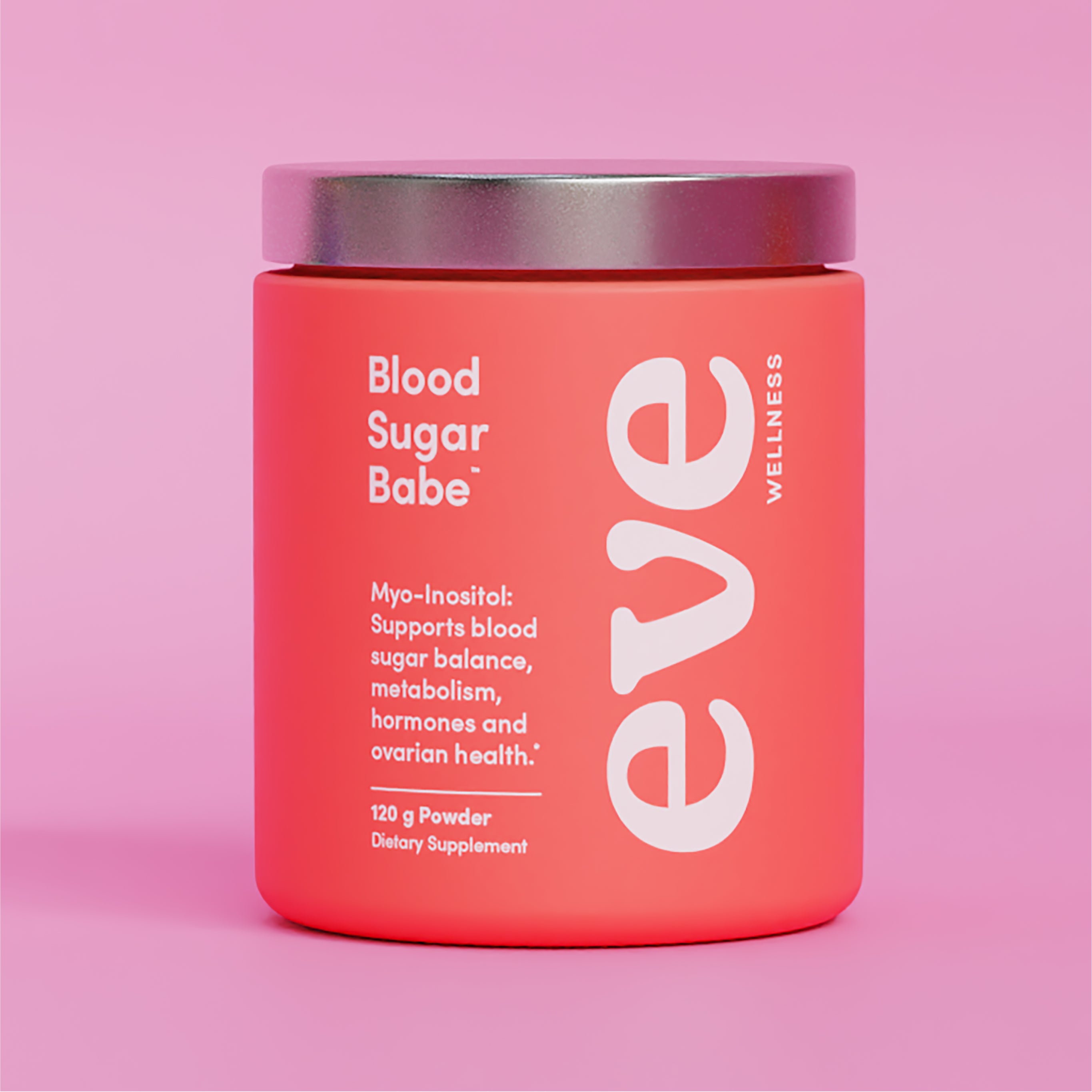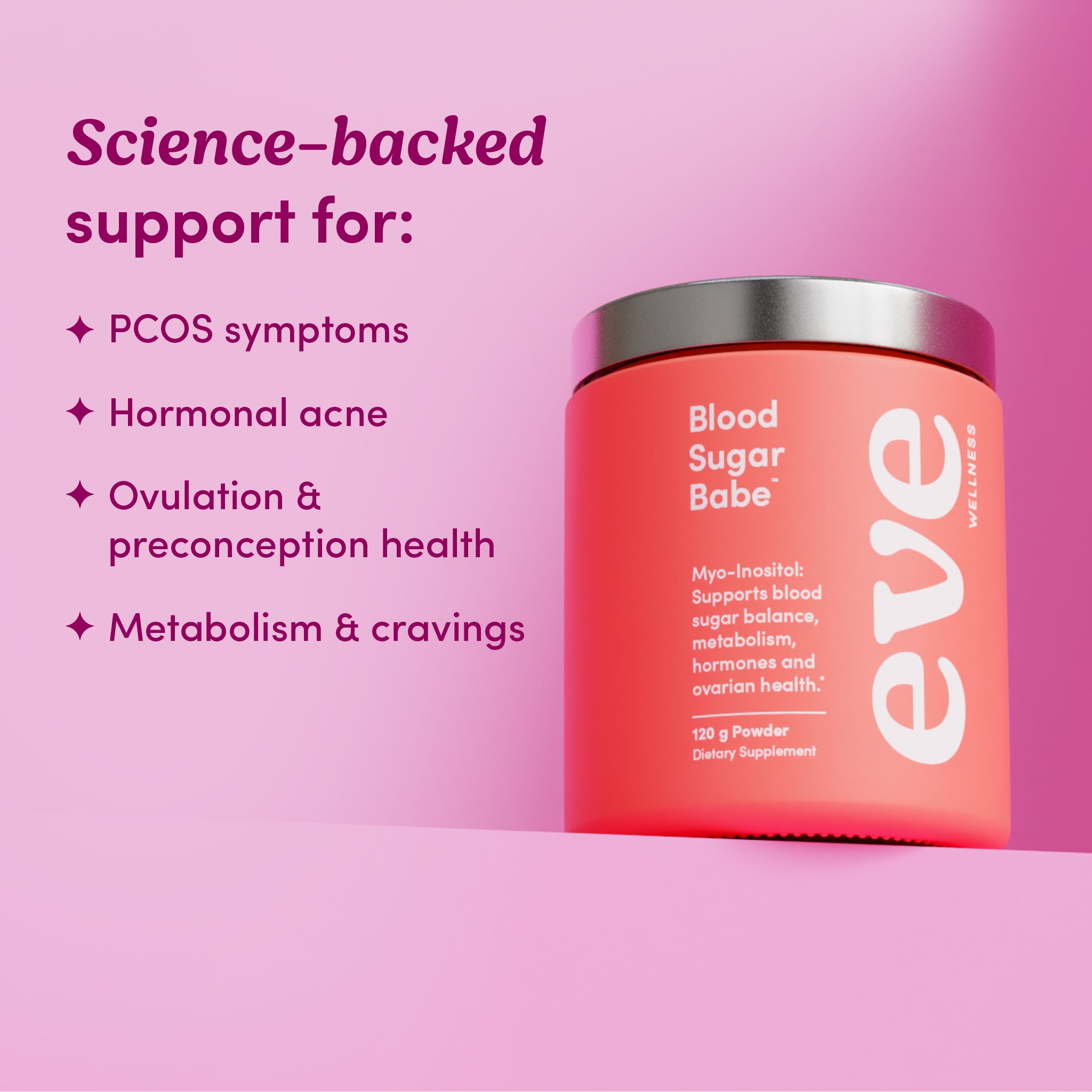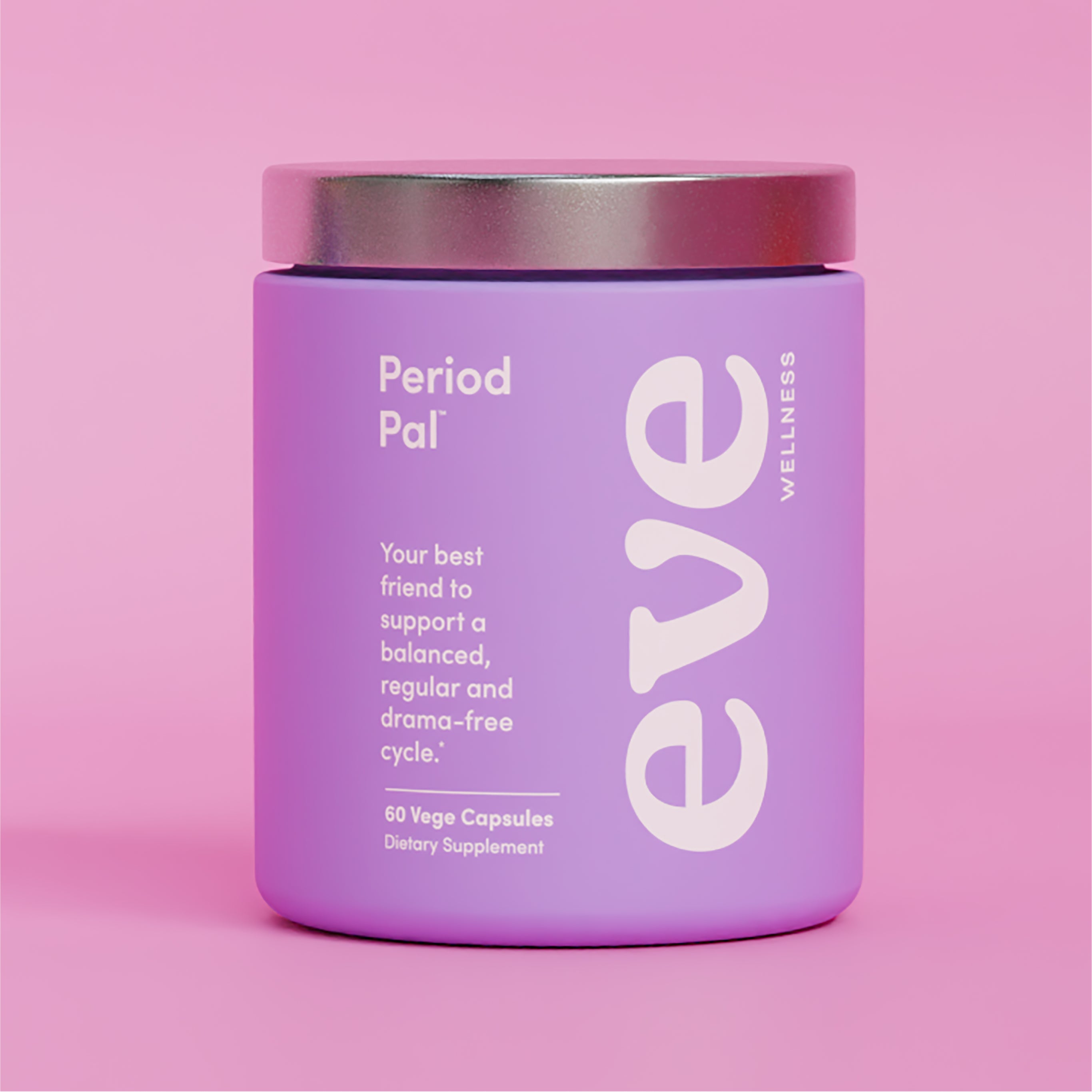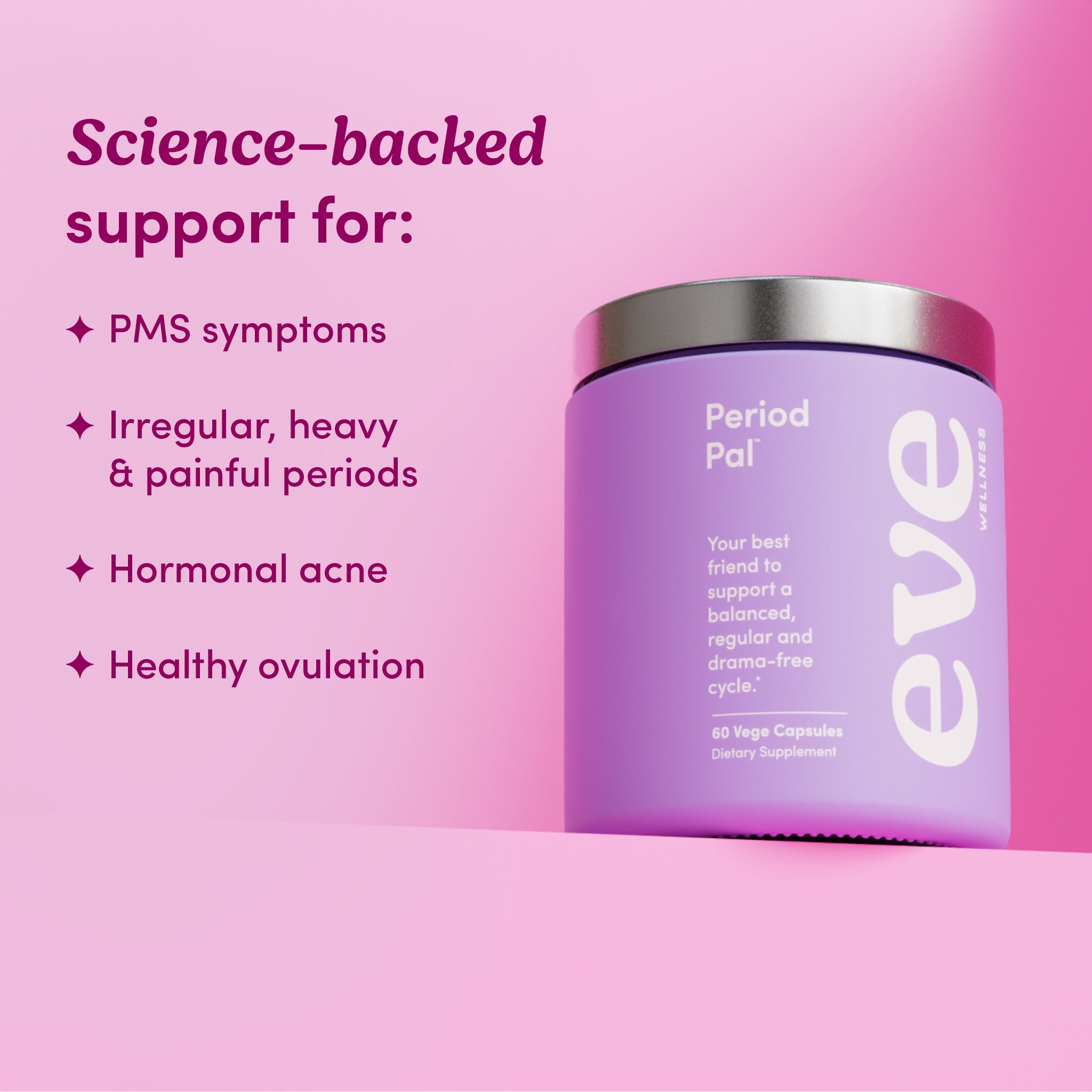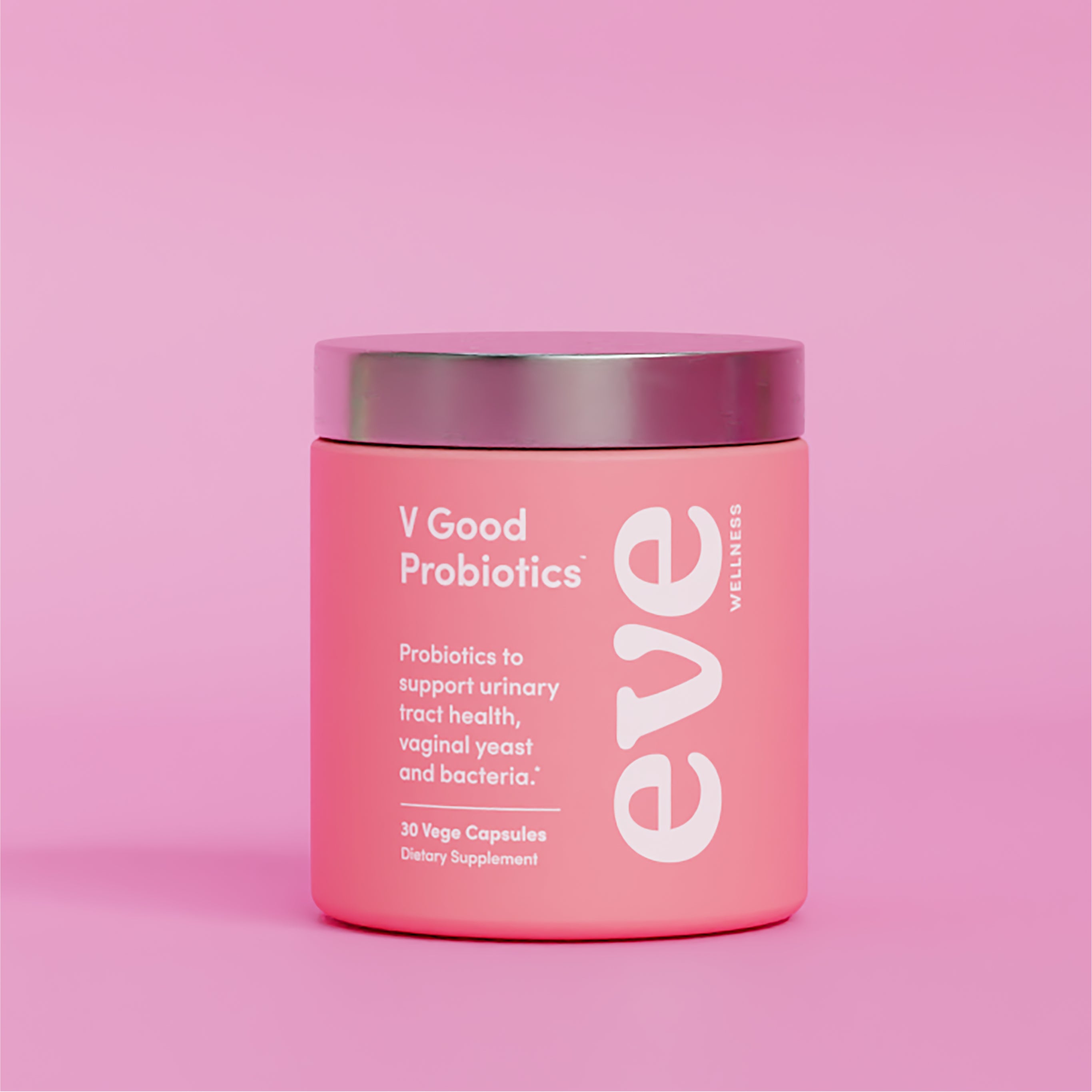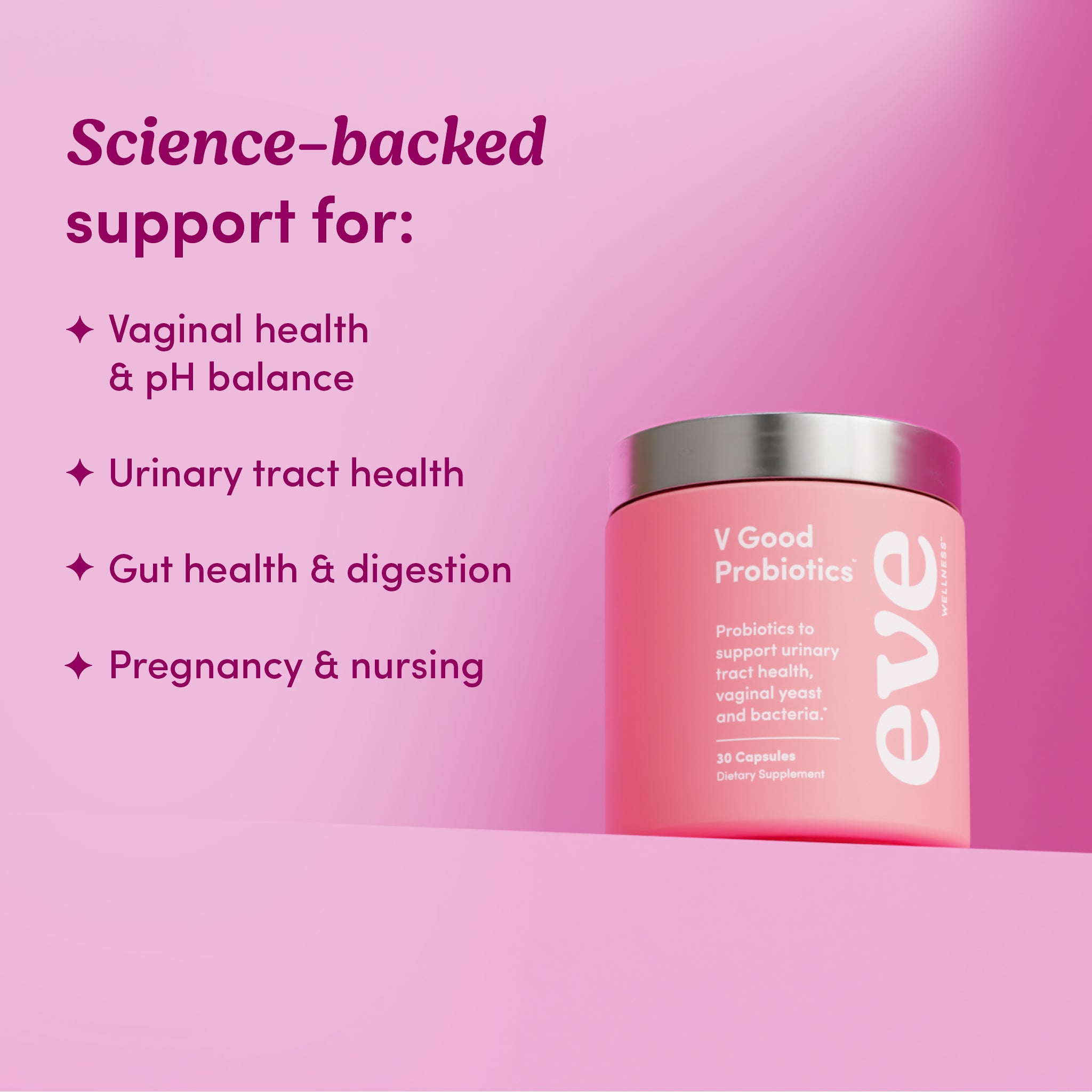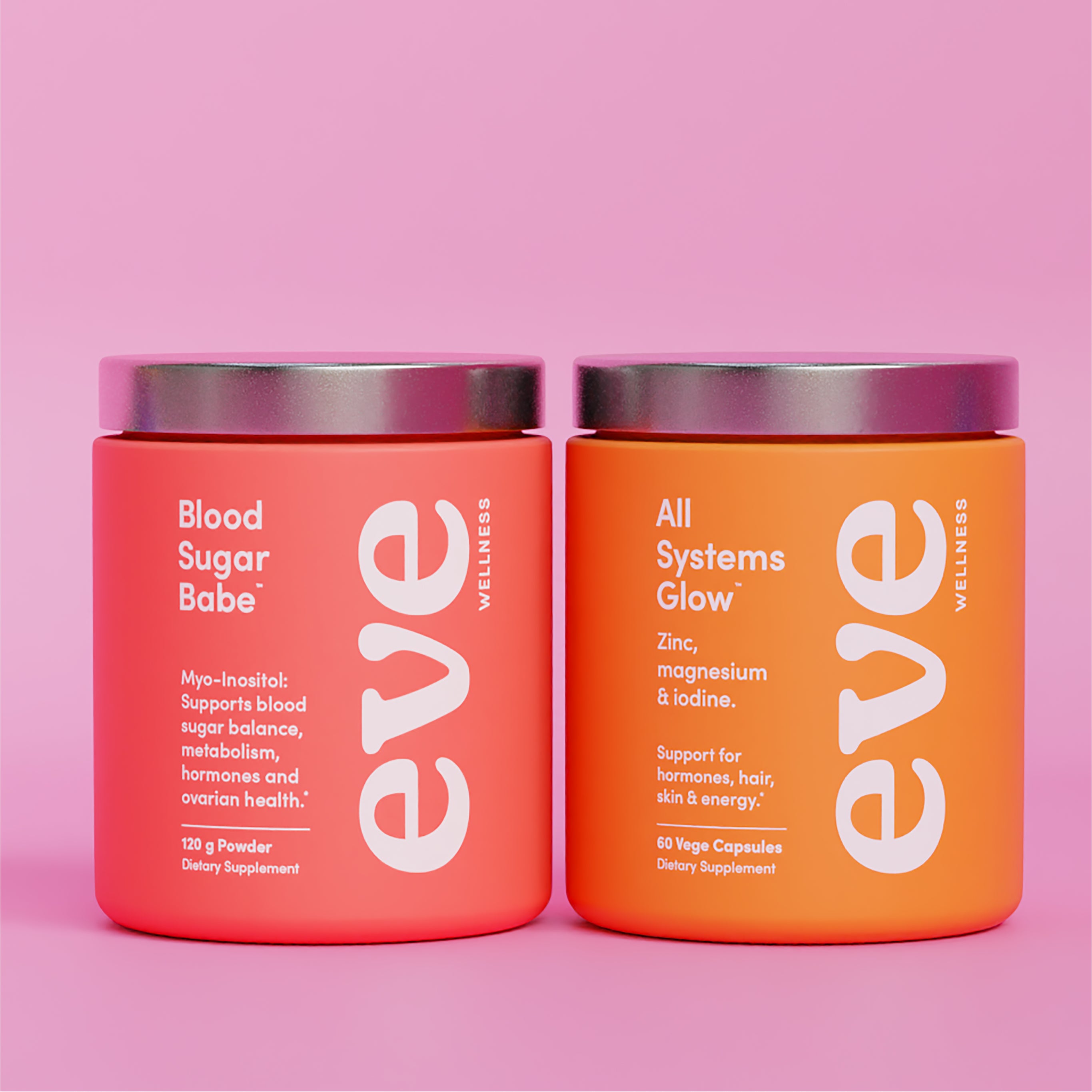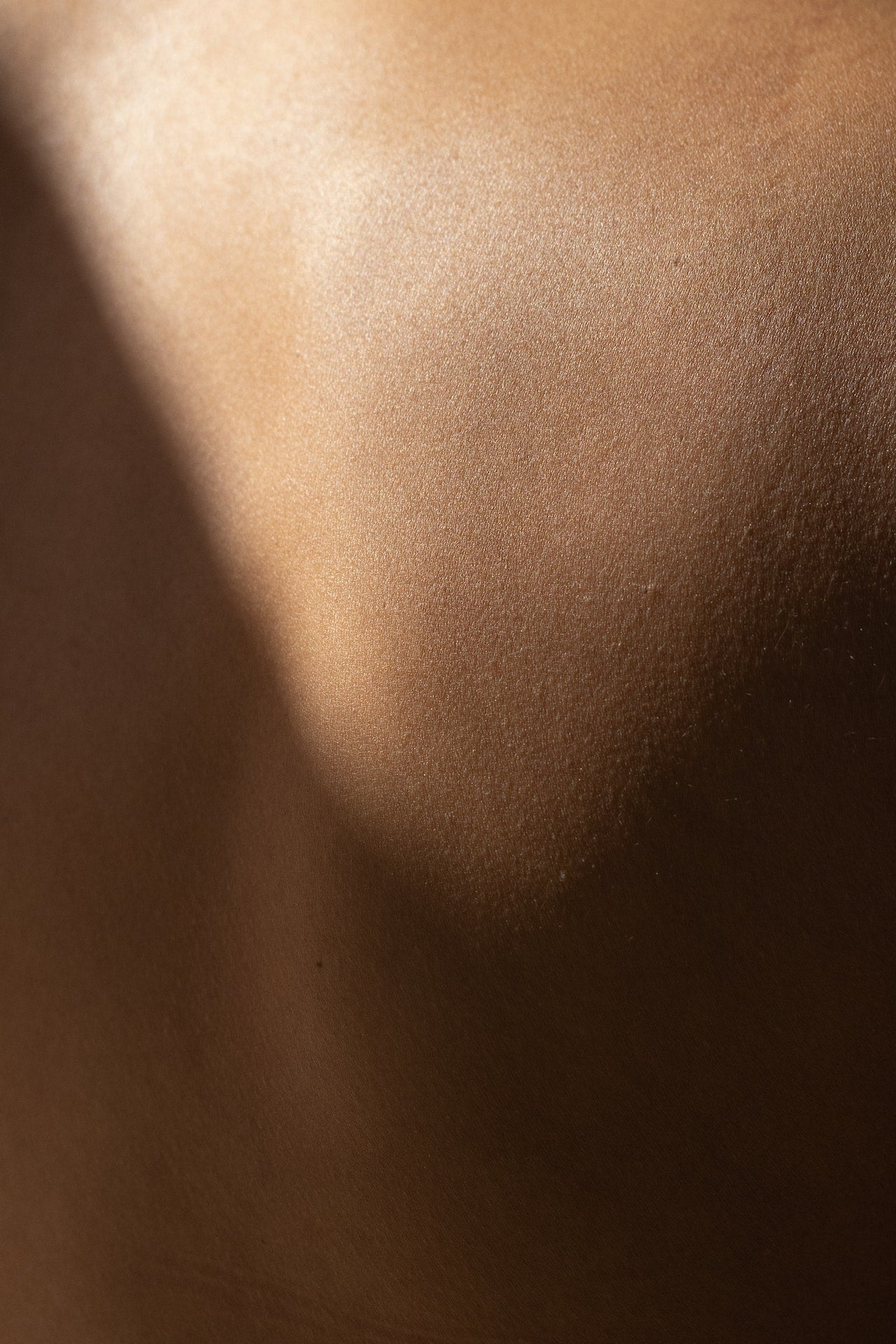Ah, hormonal acne—those pesky, painful, pimples that show up on your chin, jawline, cheeks and neck at The. Worst. Times.
Aren’t you supposed to shake off acne in your teen years? Sadly, not—unfortunately hormonal acne most commonly appears in adult women between the ages of 20 to 40.
As hard as they can be on your self confidence, remember—your spots are really just messengers from your body letting you know that something is up, and asking you to look a little deeper.
We hope that this blog can provide you with some answers to why hormonal acne happens, and what you can do about it. So, if you think your acne is hormonally driven, here are 4 tried and tested ways you can combat it.
First: A note on post-pill acne
We ummed and aahed about whether we should tackle hormonal acne, or post-pill acne in this week’s blog. But the reality is that post-pill acne is hormonal acne, and the ways that you can support your body are the same.
Post-pill acne is the result of:
- Withdrawal from synthetic progesterone (progestin) that suppresses androgens and sebum.
- A temporary surge in androgens as your ovaries and natural hormone production kicks back into gear.
If you experience breakouts after coming off the pill, hang in there. It might last a few months, but it won't last forever. Once your hormones find their natural balance and rhythm again your skin will clear back up.
In the meantime, here are some ways you can support your body through this time.
1. Ditch sugar & dairy (sorry)
Of all research into the diet-acne connection, both sugar and dairy are the two food groups with the most scientific backing. This is down to our body’s response to these foods, involving the hormones insulin and IGF-1, and an energy-sensing enzyme called mTOR.
When we eat high GI carbohydrates (A.K.A sugar)—insulin, IGF-1 and mTOR all rise, which stimulates keratin, inflammation, and sebum production—all of which contribute to acne.
With dairy, the issue is more around the IGF-1 hormone and the inflammatory A1 protein found in most mainstream milk products. Goat, sheep and jersey cow milk contain A2 protein, which is why many people who cannot tolerate regular dairy (either for skin or digestion), can be fine with these alternatives.
If hormonal acne is getting you down, try reducing or eliminating these food groups for a few months.
2. Up your Zinc
Zinc is required for over 200 enzyme reactions in the body and one you’ll definitely want to make sure you’re not deficient in to help prevent and heal hormonal acne, (although as a wicked twist of fate - most of us are deficient!).
This hormone-loving essential nutrient:
- Prevents bacteria from growing on the skin.
- Lowers inflammation and promotes wound healing.
- Supports the immune system.
- Reduces keratin production and keeps pores open.
- Nourishes the ovaries and promotes ovulation, helping to balance oestrogen, progesterone and testosterone.
Zinc is found in red meat, oysters, mussels and pumpkin seeds. If you aren’t eating these foods on the reg, All Systems Glow is an easy way to top up your zinc levels. You can easily test your zinc levels at home to see if this is an issue for you.
3. Bring some more zen into your life
Those 5am HIIT classes each morning probably aren’t doing your pimply pals any favours.
Stress (both physical and psychological) can worsen acne because it messes with sex hormone balance, causes inflammation and can disrupt the normal functioning of insulin.
Here are some ideas on how you can lower your stress levels and bring some more zen into your life:
- Make sleep a priority, aim for at least 7-8 hours per night.
- Take a high dose, quality magnesium supplement to support the nervous system and promote total-body relaxation.
- Limit high intensity exercise to a few times a week and opt for more restorative forms, such as yoga, pilates and walking.
- Try making coffee a weekend treat, rather than an every-day thing (it’s hard, we know!).
4. Make friends with broccoli
We talk a lot about cruciferous vegetables, (i.e. broccoli sprouts, broccoli, cauliflower, cabbage, kale and brussel sprouts), but for good reason.
These vegetables are especially rich in a hormone-loving phytonutrient called Diindolylmethane (DIM).
DIM is most commonly known for its benefits for oestrogen metabolism, but it’s also a natural “androgen blocker” and can help to balance the effects of higher androgen levels—i.e. hormonal acne.
Above all else, be patient & trust your body
Hormonal acne is a long game. It can take as long as 3-4 months to see an improvement in acne from changes to your diet, stress levels and hormone balance.
Throughout this time it’s important to have faith, patience and self compassion. Good things take time.
